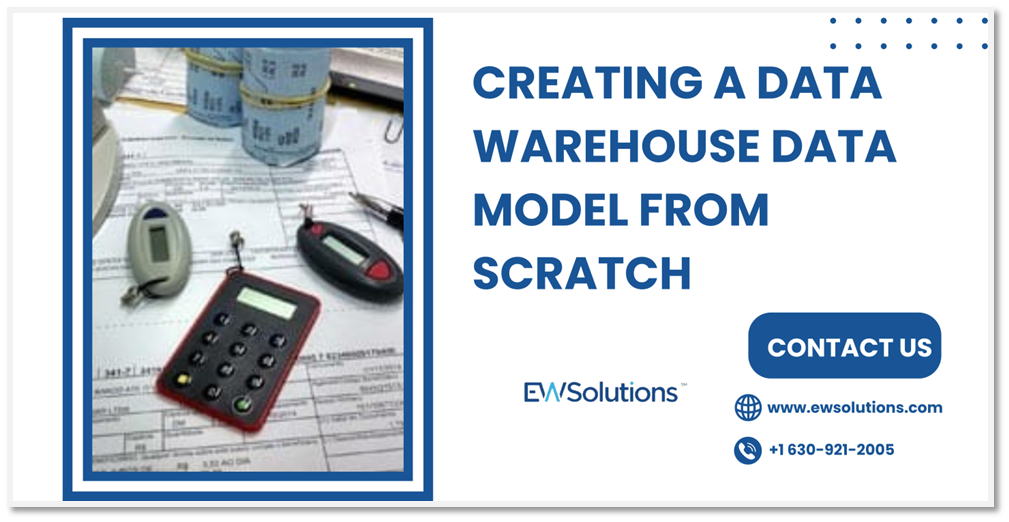Creating A Data Warehouse Data Model From Scratch
 EW Solutions
EW Solutions
With primary knowledge about digital security structures and algorithms, you craft your very own information storage model from scratch. If not, you can also collaborate with industry professionals to craft a custom metadata model that can properly meet the needs of your organization,
Explore the foundations, principles, and methodologies that empower you to sculpt a robust framework as you go through the various steps of creating such a framework. You can now learn how to transform raw data into actionable insights for the protection of customer and client information!
Developing an Information Warehouse Model: Step-by-step Guide
A data warehouse data model organizes and structures data for analysis and reporting. It integrates data from various sources into a unified schema for efficient solutions. But most importantly it has kept data pockets safe!
Adopt A Goal Oriented Approach
Identify the customized needs and overall goals of your company before creating a data model structure.
You will also need to know about the departments that frequently work with this data and how much computer literacy they have had which will determine what kind of systems they can operate.
Lastly, the security needs of the company and what kind of data they are handling will determine the features of your system!
Select Data Analytics Features
Features that can be used to build an information warehouse include a business glossary, security and access controls, data quality metrics, automatic reporting, etc. We must select features that prioritize accessibility and productivity within the organization.
At the same time, the core functions of this model must be in alignment with business objectives and compliance standards. Modern data storage pockets and categorization options should be put in place for seamless data retrieval!
Select a Suitable Warehouse Platform
Now this is a tricky part.
Selecting a warehouse platform involves considering the scalability, performance, integration capabilities, and possible flexibility in modeling the present project.
On-cloud information warehouses are based on cloud servers and accessed through the internet whereas on-premises structures are built from scratch within the central building of the organization. These are the two main platforms and both have their pros and cons!
Design Security Firewalls
Designing security firewalls for a storage model involves implementing access controls, encryption, and monitoring mechanisms.
As a professional, you will need to limit user permissions, encrypt sensitive data, and employ intrusion detection systems to safeguard against unauthorized access, breaches, and data theft.
Further, you will need to communicate with the management team to ensure regular audits and updates are taking place!
Pilot Test The Design
Once your model is more or less ready, you need to run a security breach test on this model to see how much strain it can tolerate. It is advisable that this testing be as rigorous as possible - so that there are no problems when the same thing happens in real life!
Last Words
In conclusion, crafting data warehouse models from scratch requires meticulous planning, collaboration between stakeholders, and a deep understanding of business objectives. No professional can make this happen without carefully communicating with non-technical members of the tape and ensuring that no department faces any limitations due to the security approaches.
Subscribe to my newsletter
Read articles from EW Solutions directly inside your inbox. Subscribe to the newsletter, and don't miss out.
Written by
